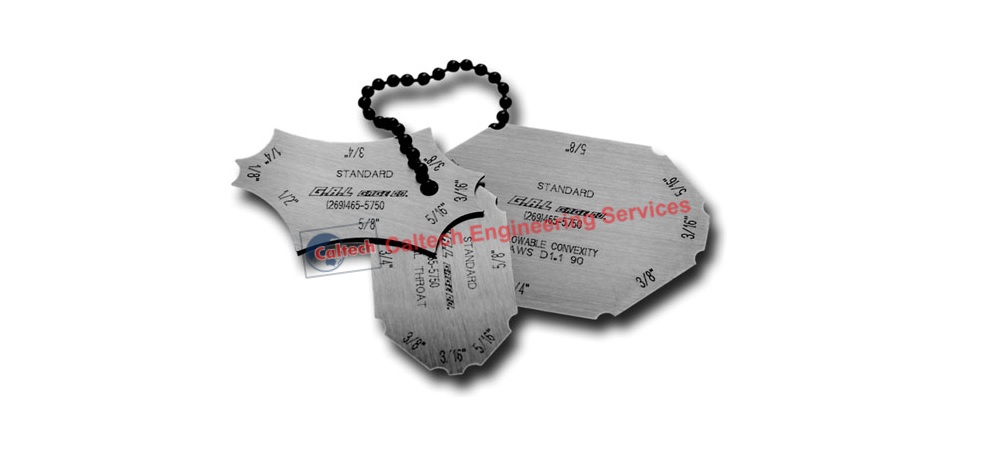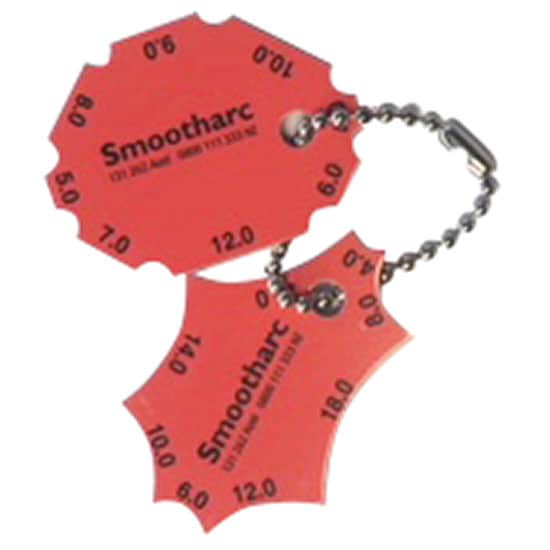Fillet Weld Design Strategies: Enhancing Joint Performance and Aesthetics for Structural Stability
In the realm of architectural engineering and fabrication, the value of fillet weld design methods can not be overstated. By thoroughly considering elements such as weld profile optimization, material selection, joint preparation strategies, welding process efficiency, and aesthetic improvement engineers, makers and approaches can achieve a harmonious balance between capability and look in their bonded frameworks.
Weld Account Optimization


Achieving an optimum weld account entails a meticulous consideration of elements such as material density, joint configuration, welding placement, and desired welding rate. Additionally, the selection of suitable welding specifications, such as voltage, present, and take a trip speed, is essential in managing the shape and dimensions of the fillet weld. Using innovative welding techniques, such as pulse welding or robotic welding, can additionally fine-tune the weld account to meet particular design needs and quality requirements.
In significance, weld profile optimization is an essential element of fillet weld style that straight affects the total performance and integrity of bonded joints in architectural applications.
Product Selection Considerations
When considering material option for fillet weld design, the compatibility of the base metals is a vital element influencing the architectural stability of the joint. It is important to choose materials that not just bonded with each other successfully however likewise possess comparable mechanical residential properties to guarantee the tons is uniformly dispersed between the weld and the base steels. Welding products with vastly various properties can bring about concerns such as stress concentrations, early joint failing, or splitting.
Furthermore, the atmosphere in which the bonded framework will operate need to be thought about when choosing materials. Variables like deterioration resistance, temperature level fluctuations, and exposure to chemicals can all influence the durability and performance of the weld joint. By choosing materials that are suitable for the desired application and setting, the overall longevity and integrity of the welded joint can be significantly improved.
Therefore, detailed factor to consider of product compatibility and environmental aspects is vital in making certain the weld joint's strength, toughness, and total architectural stability.

Joint Preparation Techniques
Thinking about the important function product selection plays in ensuring the architectural honesty of fillet weld joints, it is important to execute precise joint preparation methods that optimize the link in between the base metals. Joint prep work is a crucial action that straight affects the quality and stamina of the weld.
Moreover, correct fit-up of the joint is vital to ensure consistent circulation of the welding product and stop problems like go to my blog insufficient infiltration or too much accumulation. Beveling the sides of the base steels can develop a groove that permits much deeper weld infiltration and a more powerful bond. In addition, tack welding the parts in place prior to the last weld helps maintain alignment and lessens distortion during the welding procedure. By meticulously adhering to these joint prep work strategies, welders can improve the total efficiency and visual appeals of fillet weld joints while making sure structural soundness.
Welding Refine Effectiveness
Reliable welding procedures are essential for accomplishing optimal efficiency and quality in fillet weld manufacture. One vital facet of enhancing welding process performance is choosing the proper welding method. Elements such as material type, joint design, and welding position should be very carefully thought about to identify one of the most appropriate technique. Processes like gas metal arc welding (GMAW) and flux-cored arc welding (FCAW) are frequently made use of for fillet welds due to their adaptability and speed.
Moreover, guaranteeing proper tools arrangement and maintenance is crucial for reliable welding. Routine calibration of welding makers, inspection of consumables, and maintenance of soldering iron can avoid downtime and remodel, inevitably saving time and resources. Additionally, employing experienced welders with competence in the particular welding process being used can considerably affect effectiveness. Trained welders are more proficient at readjusting parameters, troubleshooting concerns, and keeping consistent weld quality.
Aesthetic Enhancement Methods
To optimize the quality of fillet weld construction, executing visual improvement techniques can this page play an important function in making certain precision and accuracy throughout the welding procedure. Visual enhancement methods encompass different methods focused on improving the look and quality of fillet welds. One usual method is using back removing systems to get rid of oxidation on the backside of the weld, leading to a cleaner, extra visually pleasing surface. Additionally, employing proper lighting setups in the welding area can boost presence, allowing welders to monitor the weld swimming pool and guarantee constant bead development. Visual help such as weld size assesses and amplifying lenses can help in assessing weld accounts and measurements properly. Additionally, using contrasting noting products or short-lived tacking can assist in straightening and positioning the work surfaces exactly before welding. By incorporating these aesthetic enhancement approaches right into the welding process, welders can achieve not only structurally audio fillet welds yet likewise visually appealing outcomes that satisfy industry requirements.

Final Thought
Finally, optimizing fillet weld layout includes careful consideration of weld account, product option, joint preparation, welding procedure effectiveness, and aesthetic improvement methods. By executing these techniques, architectural stability can be improved while additionally try here accomplishing aesthetic appeal. It is necessary to prioritize both efficiency and appearances in fillet weld design to guarantee the general quality and longevity of the joint.
By diligently thinking about variables such as weld account optimization, material choice, joint preparation strategies, welding procedure effectiveness, and aesthetic improvement producers, methods and designers can attain an unified balance in between capability and look in their bonded frameworks.In the world of fillet weld style, optimizing the weld profile plays an essential role in guaranteeing structural integrity and efficiency. The weld account, which includes the dimension and shape of the weld cross-section, straight influences the circulation of tension and load-bearing capacity within the joint. It is important to choose products that not only bonded with each other properly yet additionally possess similar mechanical buildings to make certain the load is uniformly dispersed in between the weld and the base steels - Gauge Fillet Weld.In final thought, maximizing fillet weld design entails careful consideration of weld profile, product choice, joint prep work, welding procedure effectiveness, and visual enhancement approaches